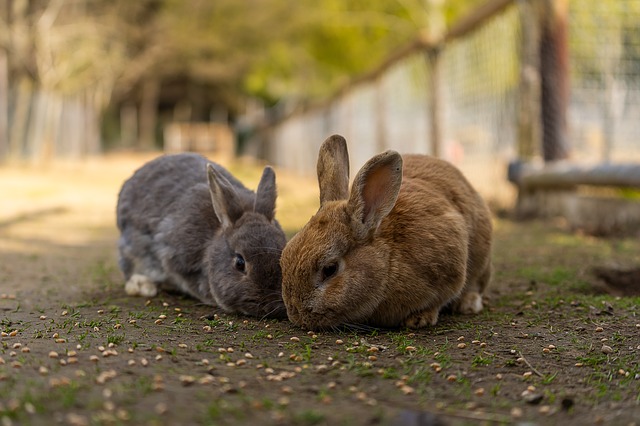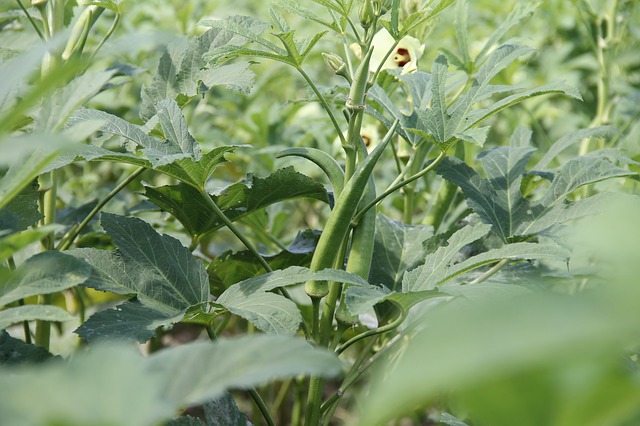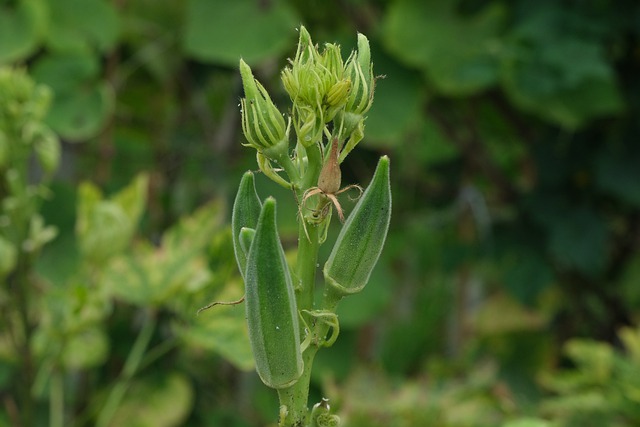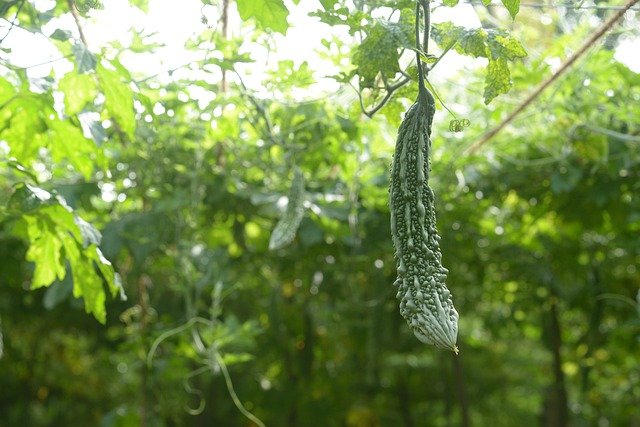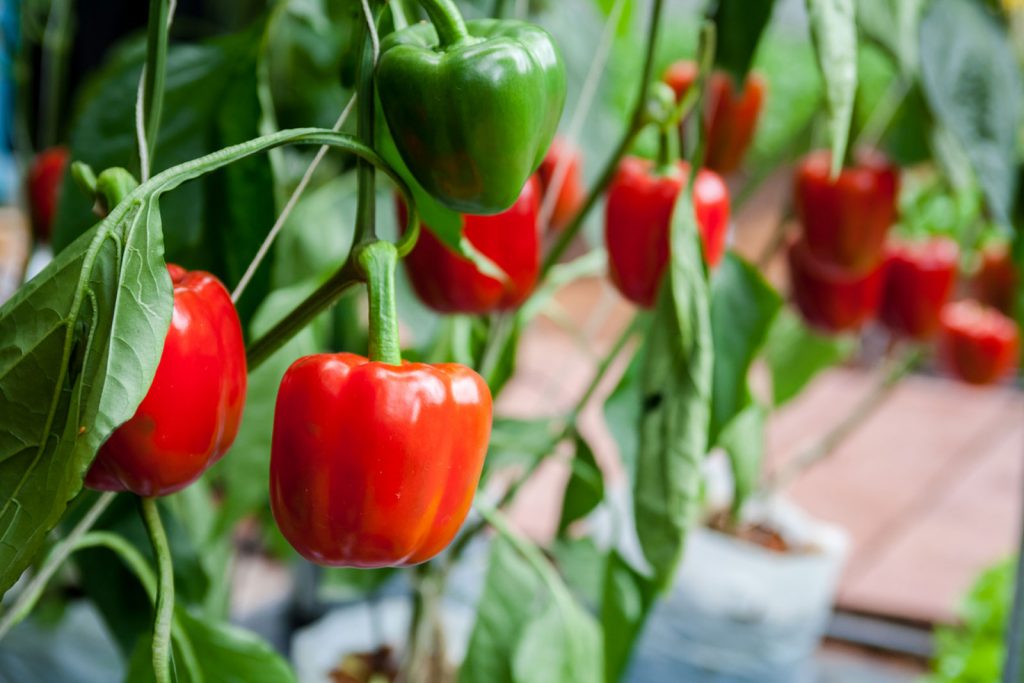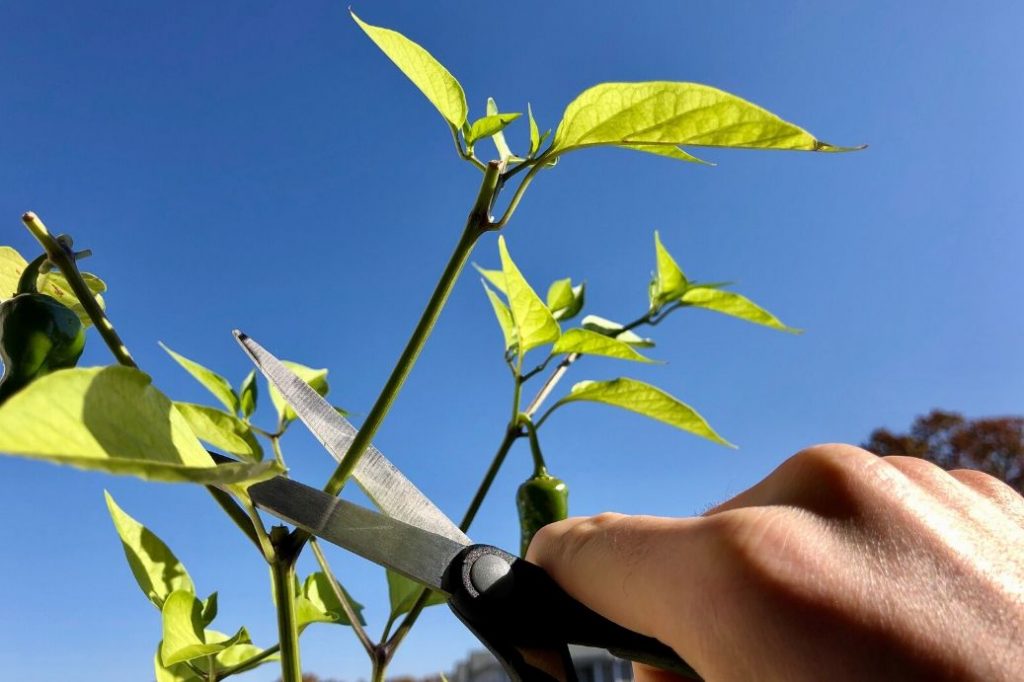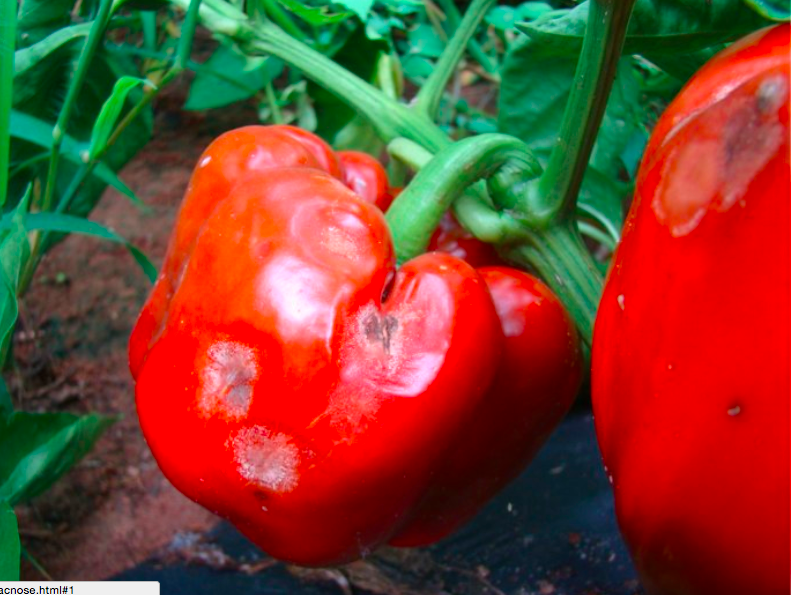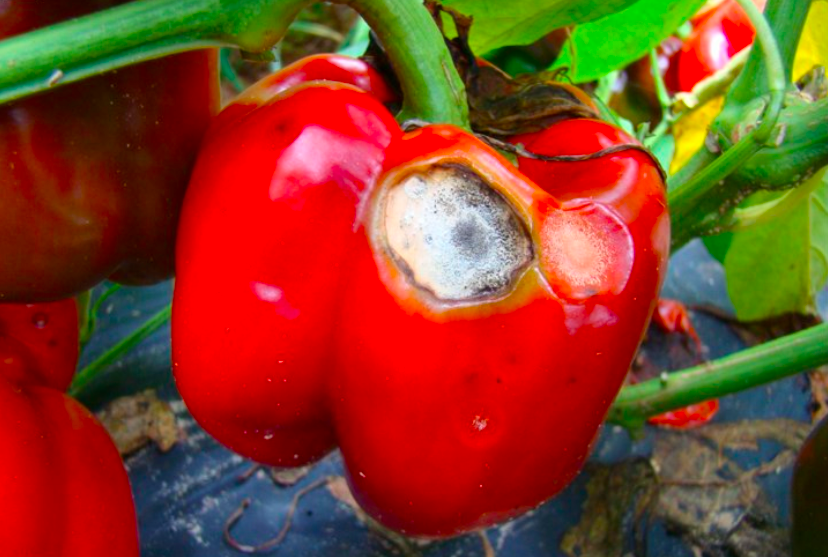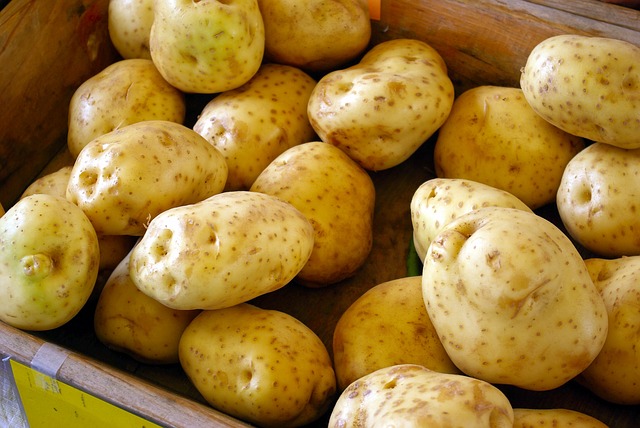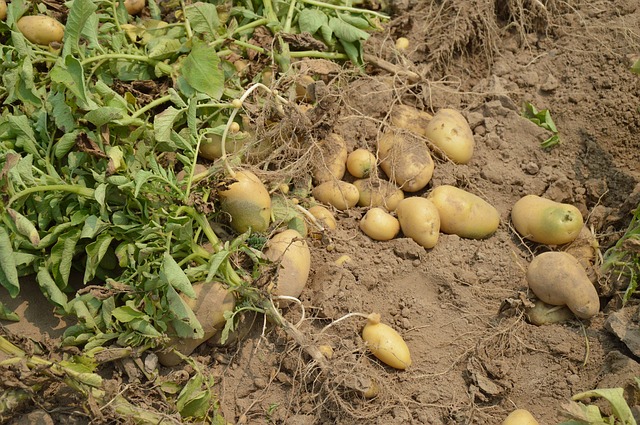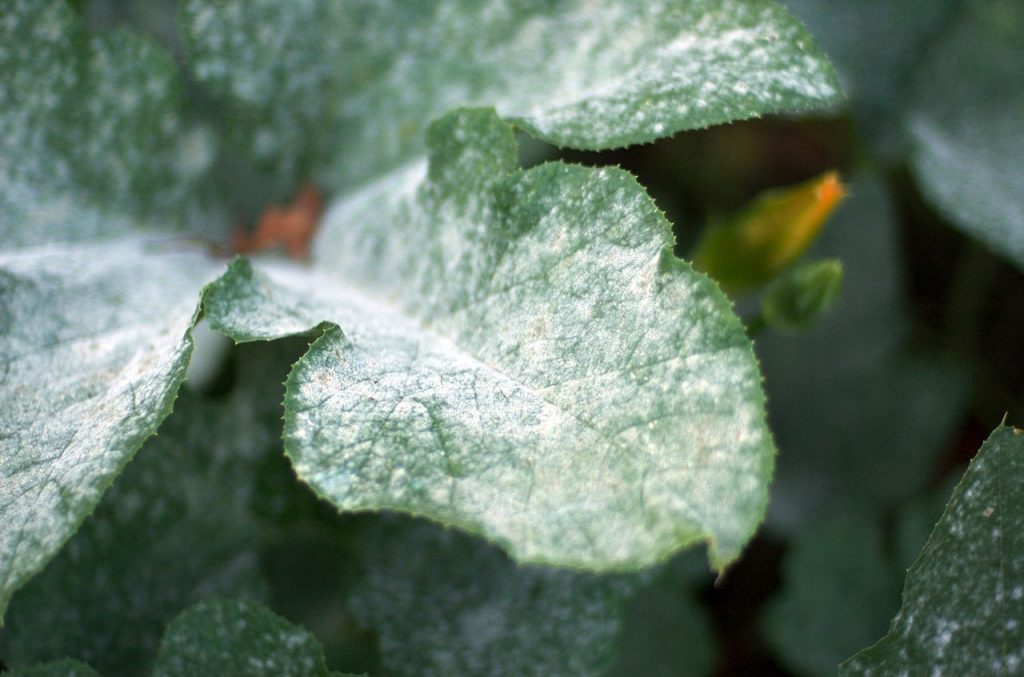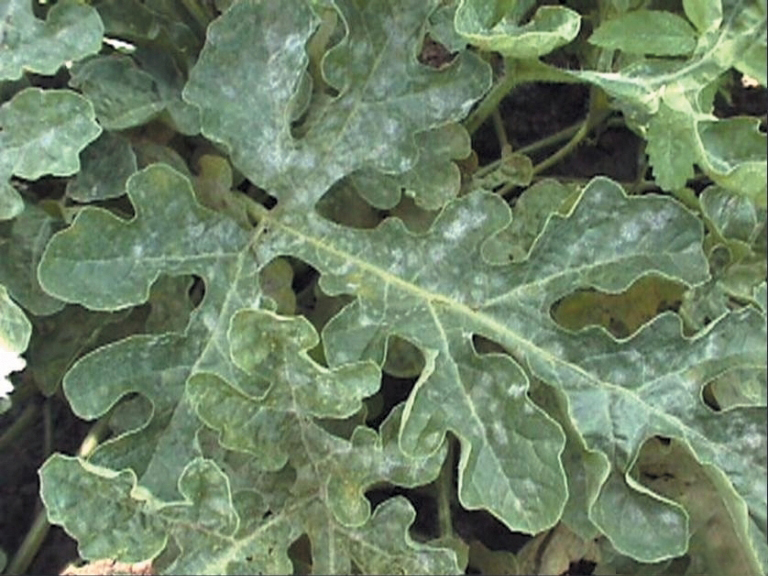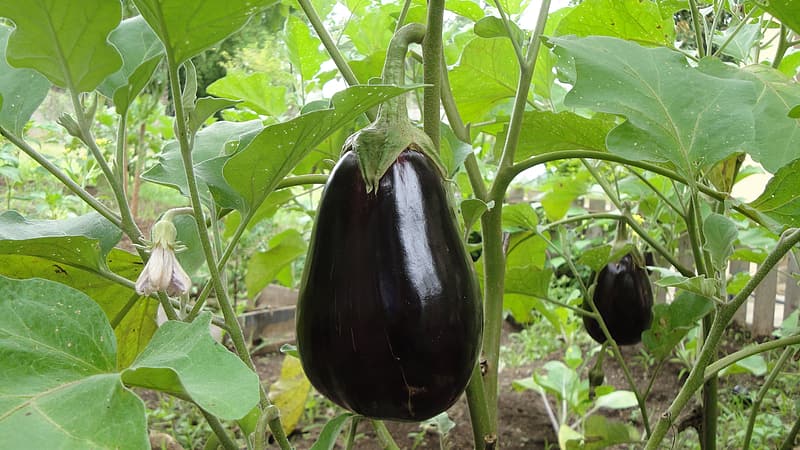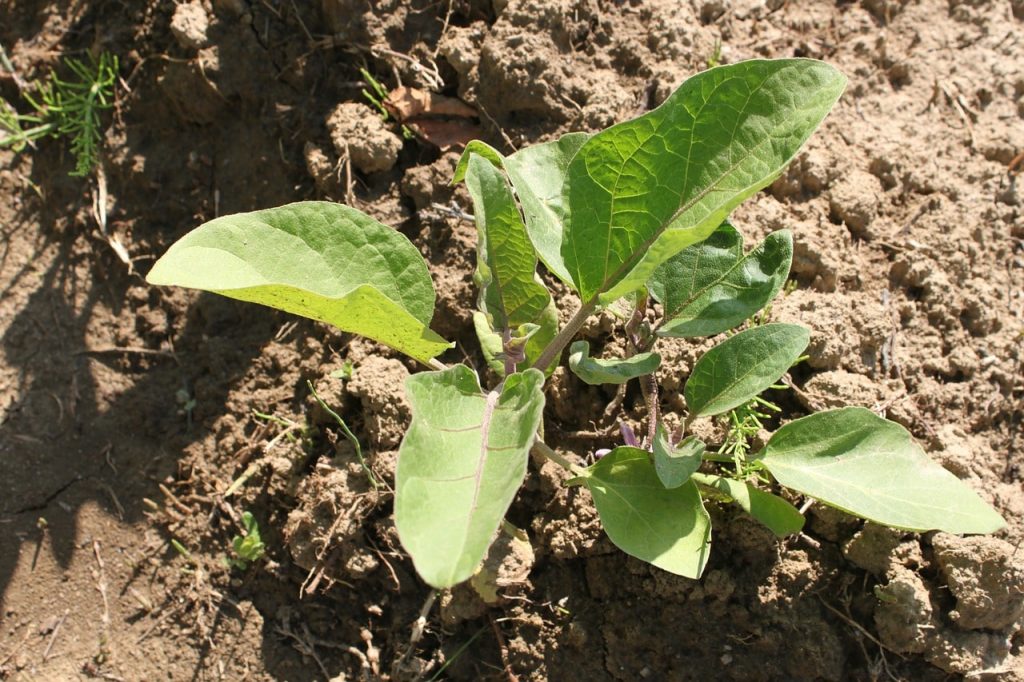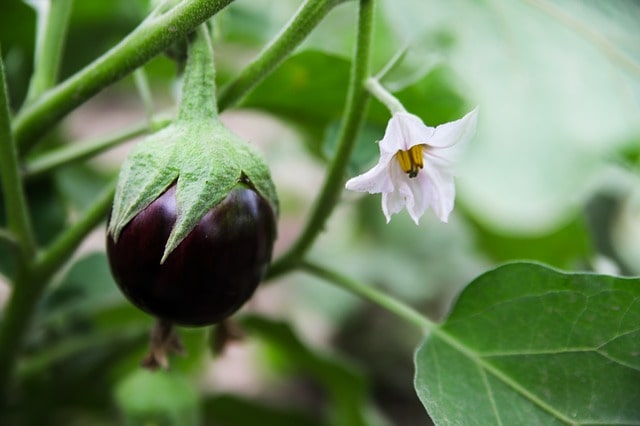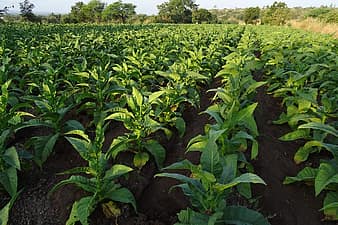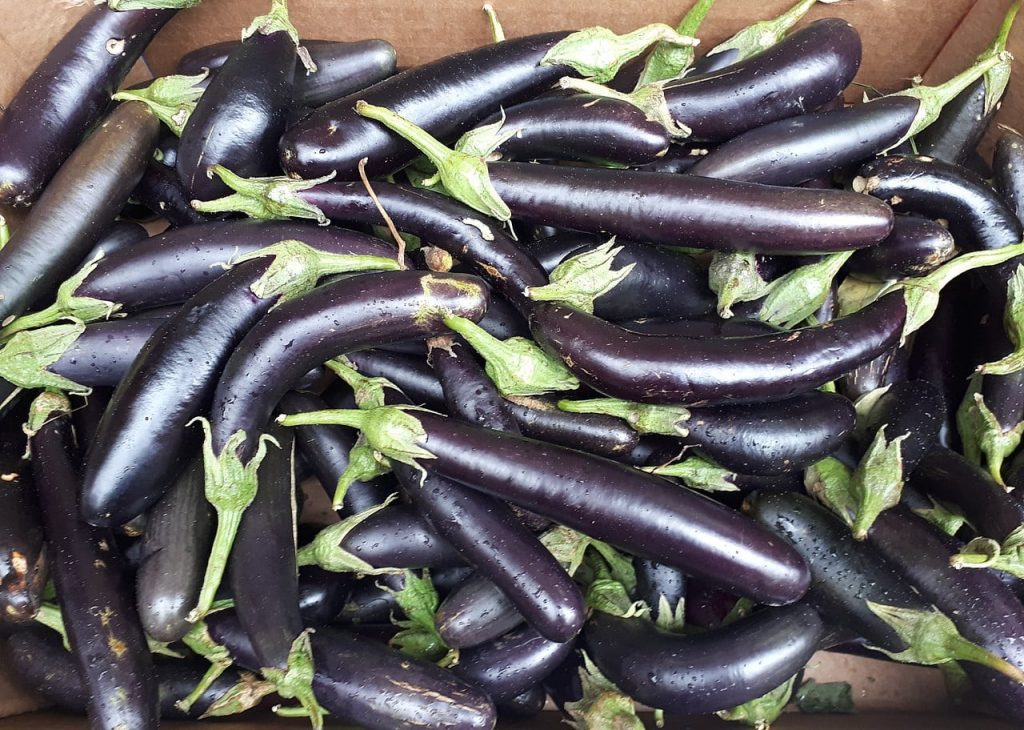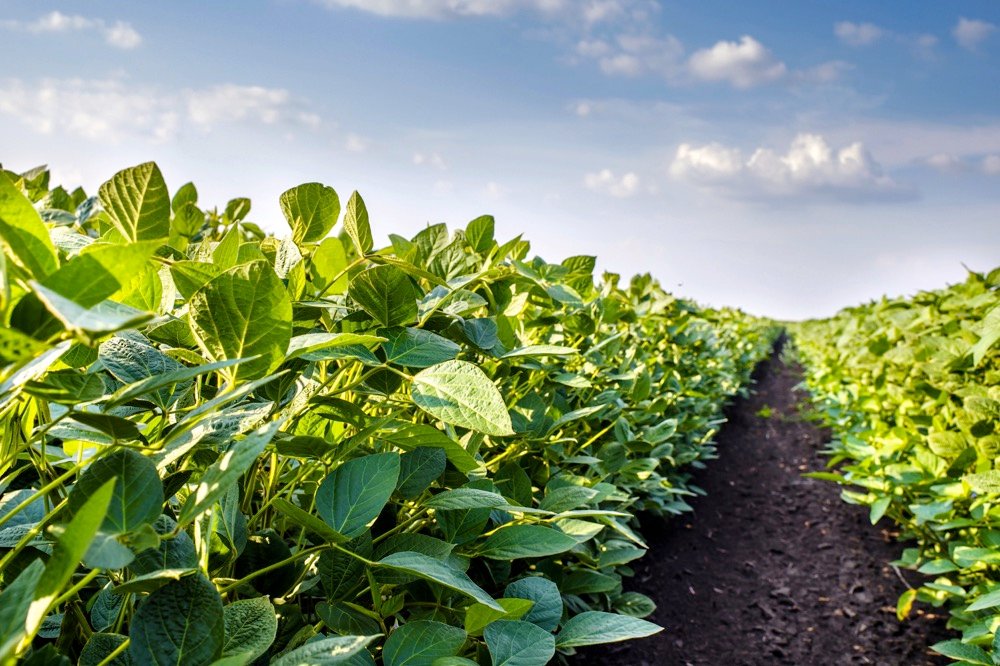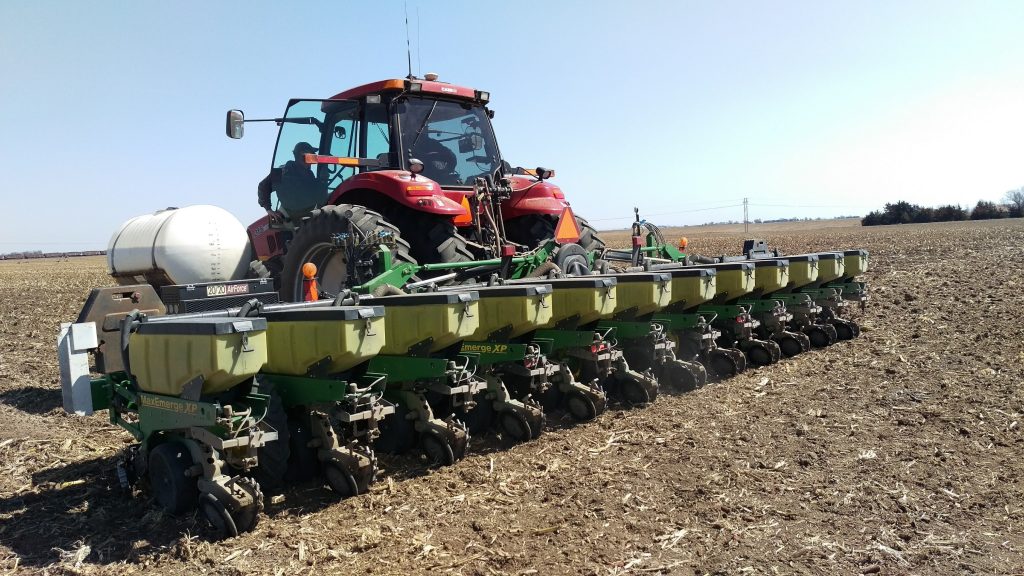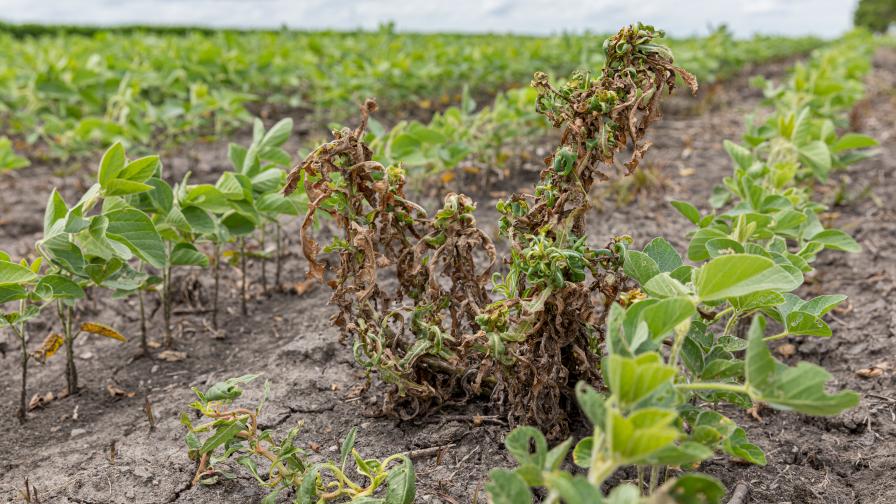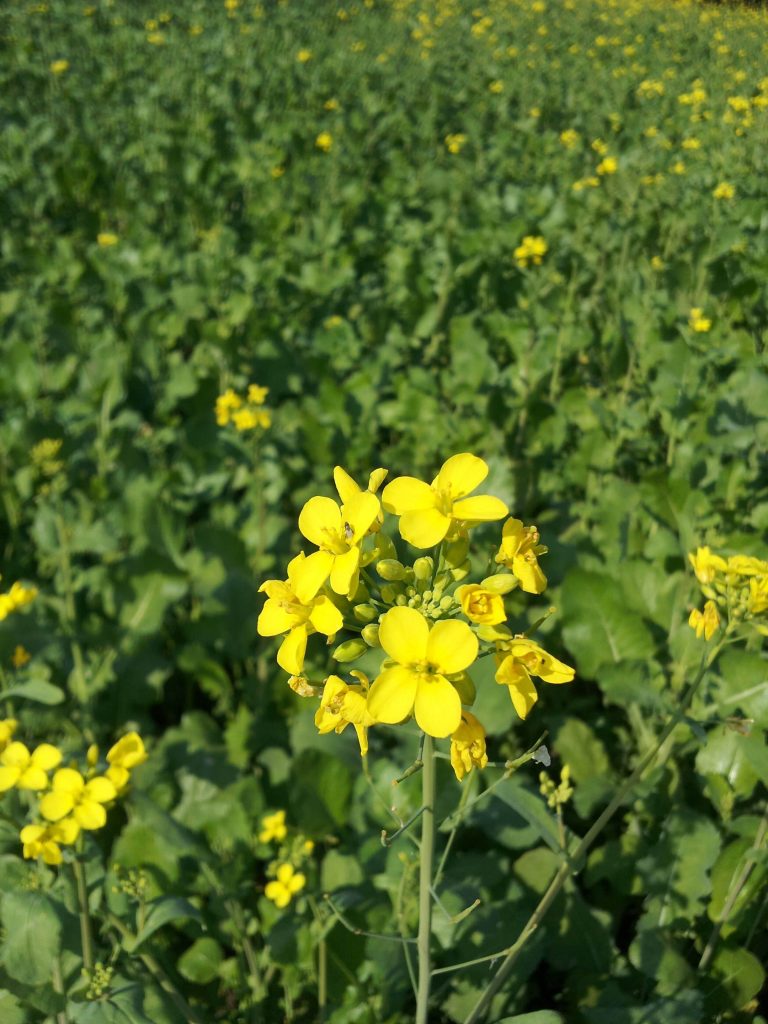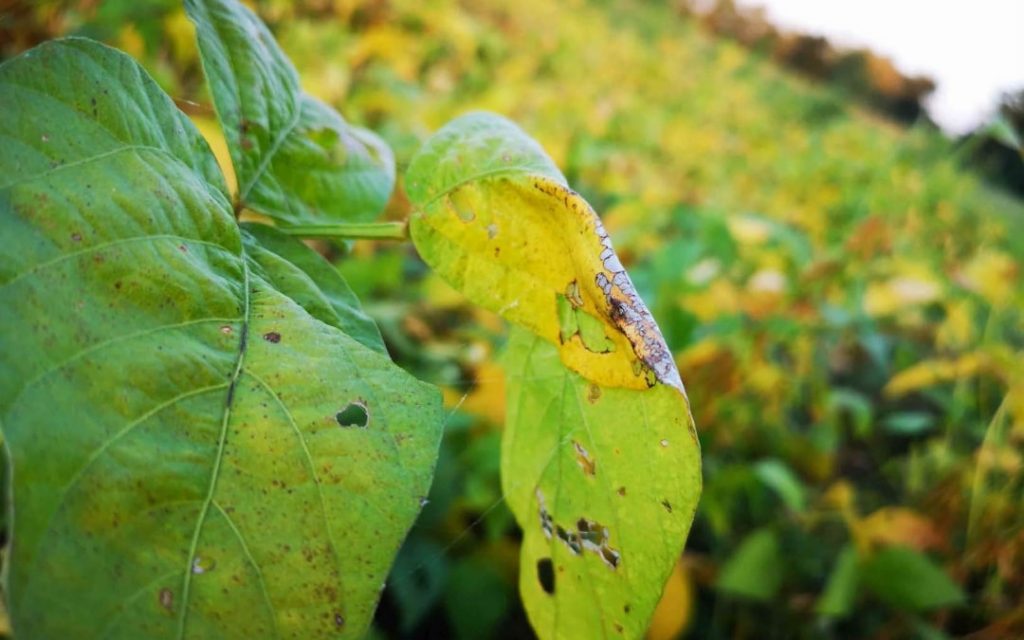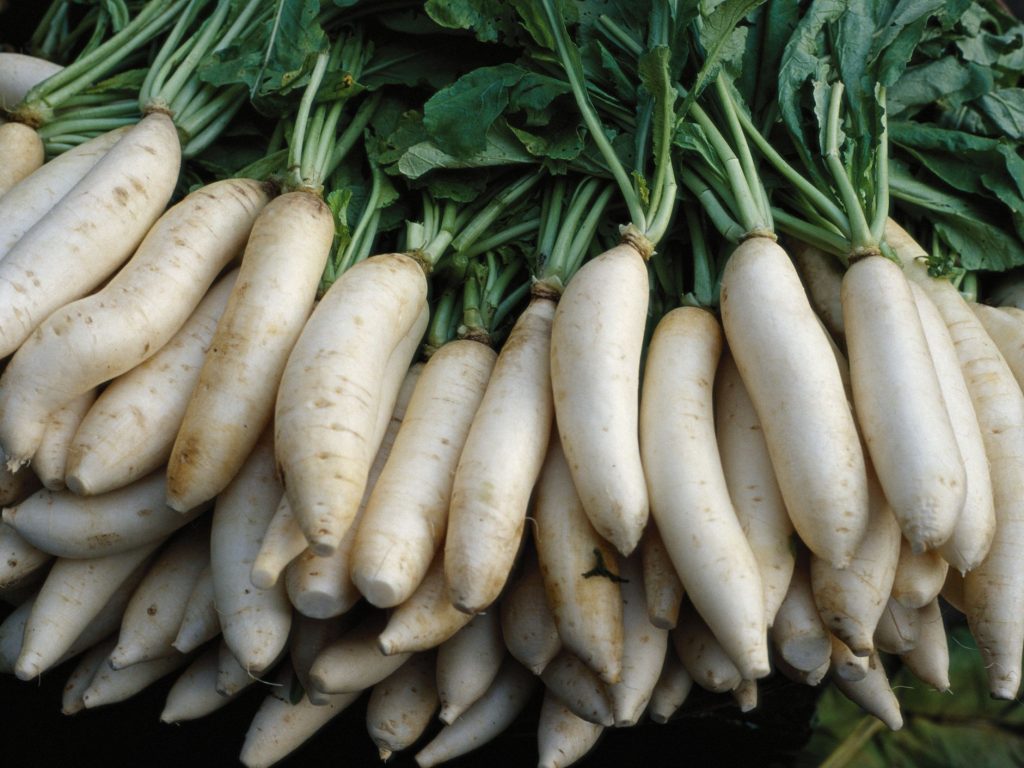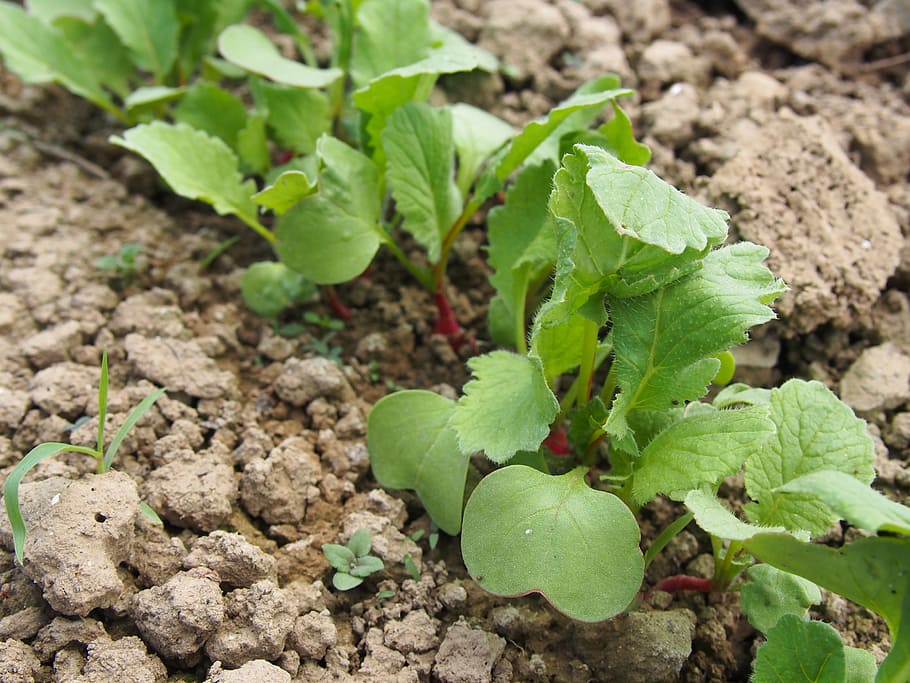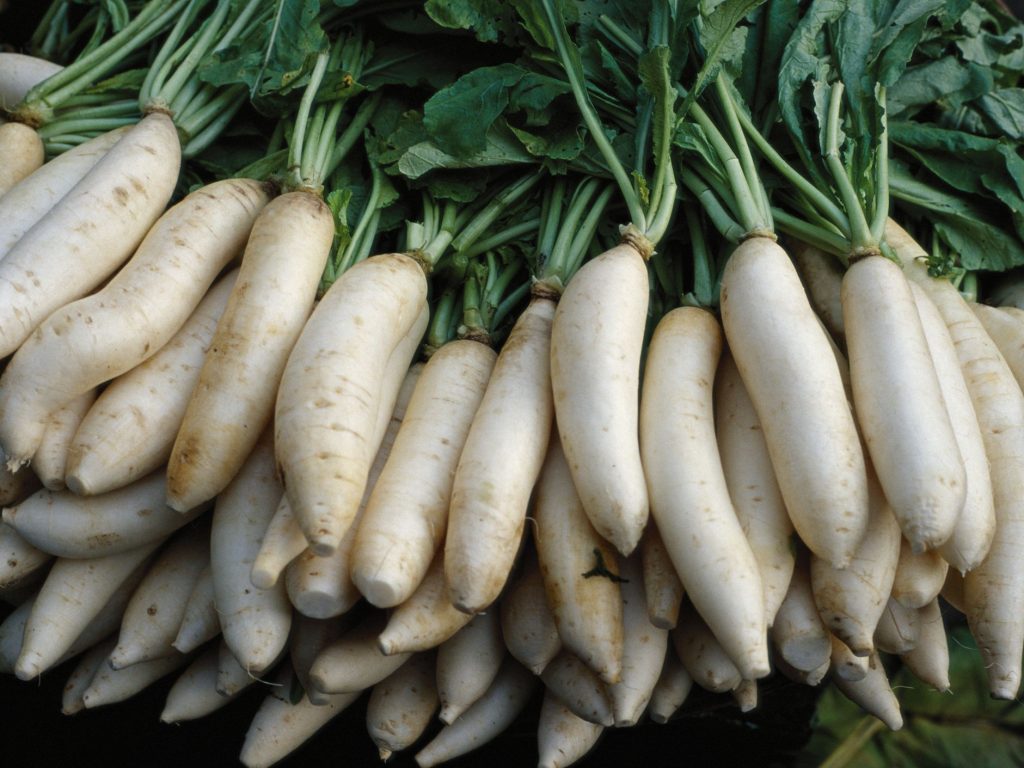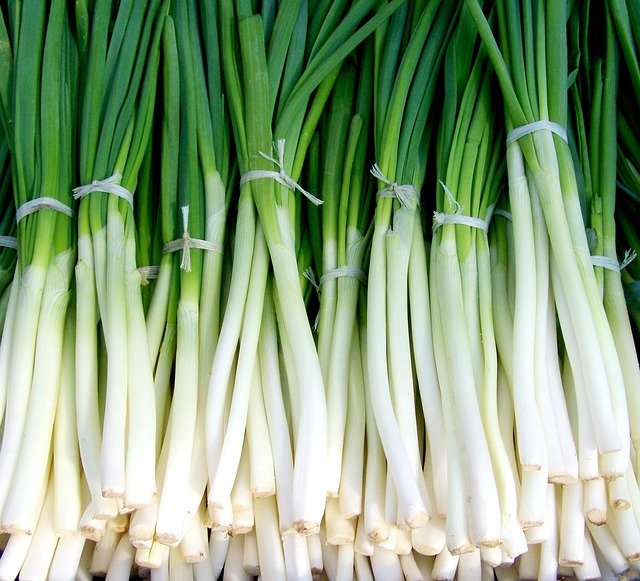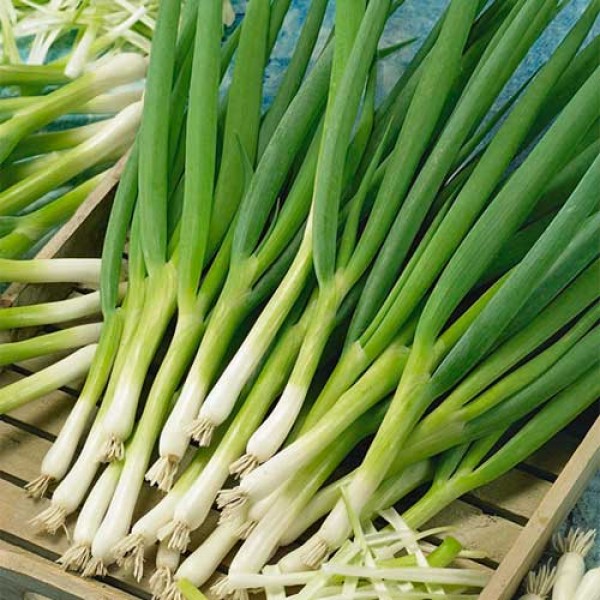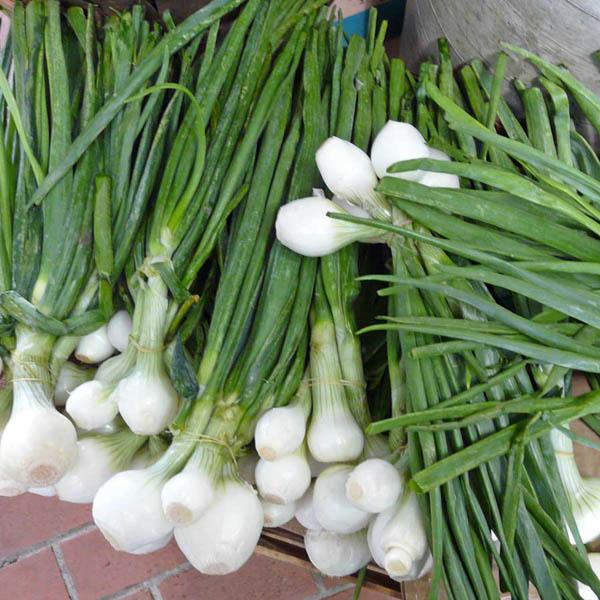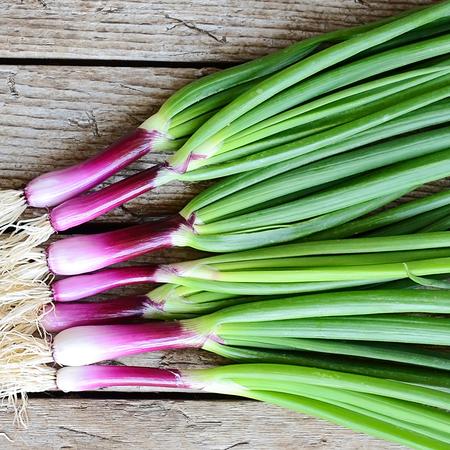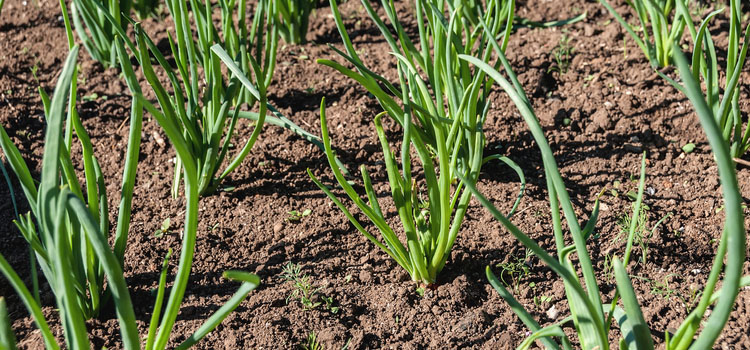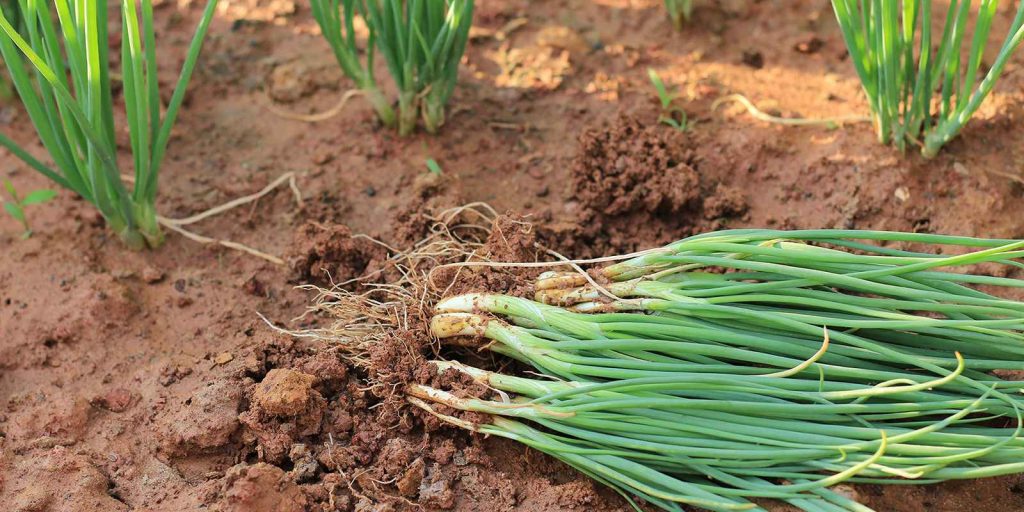Rabbits are an amazingly quick breeding source. They are low in fat and so easy to maintain. Until the 1960s, rabbits were very popular in the U.S. but as time passed beef gained popularity. Despite the fact, Rabbit farming is being performed in various parts of the world, and increasing every year. In 2012, approximately 853000 rabbits were sold by 5000 farms.
The fine-grain meat of rabbits is used as an alternative to chicken in various recipes. Along with meat, rabbits are also raised for their fur, skin or hide, angora wool, breeding stock, or medicational and educational laboratory use. They are also commonly kept as pets or animals by people.
Mostly for rabbit farming for meat, types used are new Zealand whites or Californians. Different breeds of rabbits are Dark Gray, Fox, Dutch, Red Belgium White, and Chinchilla. Your choice of rabbit for commercial use can vary with the availability of breeding in your area.
Varieties of rabbits that are most commonly used in rabbit farming are-
- Palomino- this rabbit breed is very attractive and has a pale orange colored body. It weighs around 2-12 pounds. These rabbits are very quiet, calm, and less problematic. They can be easily raised in dense urban areas.
- Champagne D’Argent- This is a heritage breed and is present from around the 17th century. This domestic breed is not quite common in today’s time. Their black fur can be used for commercial purposes. The meat of this breed is also consumed.
- Flemish giant- flemish giants grow nearly 20 pounds in weight. It is used for meat and fur. This breed is mostly docile.
- Chinchilla- chinchilla rabbits are stocky, fluffy, and look good. They can grow up to 12 pounds. They are reared for meat and make good livestock.
- New Zealand- although the name suggests that the breed originated from new Zealand but this is not correct. It originated in the USA and has traced its way to New Zealand. These breeds are best for meat production. They come in 5 different colors- white, black, blue, red, and multicolored. They have characteristic flesh of pinkish color. They are so delicious to eat.
How to start rabbit farming?
Starting rabbit farming as a business is not difficult. It is considered the most profitable farming among others. This business is an amazing source of income and employment. Even people who are not much aware of it or beginners can easily get into it and start earning. It just requires a proper business plan and you are ready to begin.
Rabbits can be easily kept in small spaces and they require less food. You do not need to spend much money on food for rabbits. Even grass can do wonders for them. Grass or hay is the main component of a rabbit’s diet and it is easily affordable.
Rabbit’s meat contains a high amount of protein, energy, calcium, and healthy vitamins. Plus, cholesterol, fats, and sodium are present in very few amounts in rabbit meat. Moreover, it is tasty and easily digestible too. Therefore, the consumption of meat is quite popular. Further, rabbit farming is becoming popular to produce rabbit meat that is suitable for human consumption.
Rabbits give birth to 2-8 kids at one time. They can consume low-quality food and raise high-quality meat, skin, and fur too.
Rabbit farming includes a basic question, how to raise rabbits? So, raising rabbits includes taking care of their housing, food, breeding. These points are explained below-
Rabbit farming method-
There are two methods of rabbit farming-
- Deep litter method- this method goes well for small businesses. Few rabbits can be easily maintained in this way. The floor must be made of concrete to avoid diseases and for additional benefits. Then cover the ground with a 5cm thick layer of deep litter husk and hay and straw. Male and female rabbits should be placed separately.
You can maintain around 30 rabbits in one house. However, diseases can spread more easily in this farming method.
- Cage farming- this method is considered best for rabbit farming. It involves the usage of wire mesh or iron plates to build cages for rabbits. It can very easily accommodate high numbers of rabbits in it. Keep male and female rabbits in different cages. However, in the breeding season, you can keep them in the same cage. Cages have sufficient space for rabbits to live freely.
- Feeding rabbits
Rabbit’s ages and breeds decide the consumption of food and the requirement of nutrition. Proper nutrition requirement for an adult rabbit is as follows-
- Food with 17-18% of the crude protein present in it.
- Fiber content should be around 14%
- Mineral content must be around 7%
- Metabolic energy should be around 2700kg.
They require very huge amounts of grass or hay for daily consumption. Along with it, add vegetables and fruits to their daily diet for providing proper minerals and vitamins. Common foods consumed by rabbits are green vegetables, plants, spinach, carrots, green grass. Green leafy vegetables, cucumbers, and much more. Clean and fresh water is a necessity for rabbits.
Breeding
Rabbits get mature enough to breed when they become 5-6 months old. But males should not be allowed to breed unless they become 1 year old. You can use rabbits that look healthy and have proper body weight. Avoid using ill rabbits for breeding.
Special care should be taken of males and females that are going to be used for breeding. Also, pregnant females can be placed separately and should be looked after well. The gestation period of female rabbits is 28-31 days.
Must Read: Must-haves Before Embarking On Goat Farming
Care and Marketing
Good care must be taken for the production of healthy and happy rabbits. Monitor their health carefully and regularly. If one gets ill, chances are it can destroy and infect every rabbit near it.
When you start rabbit farming, try making contacts with local markets for the future. It can be a little difficult to find buyers. So, check out the need and demand before starting,
What do wild rabbits eat?
Wild rabbits mainly consume green plants or green grass. As the nutritional value of grass is very low so they need to consume in high amounts to fulfill their needs.
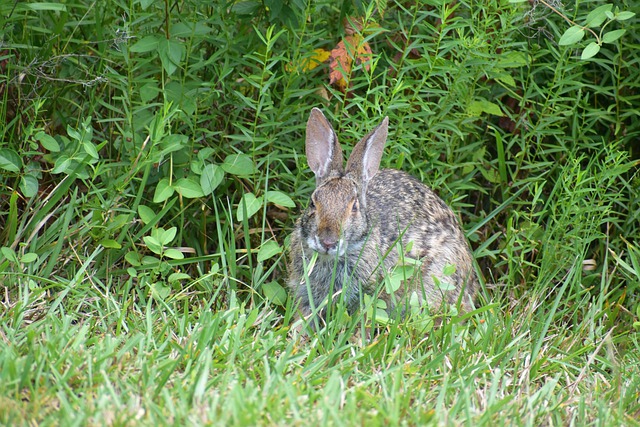
They have evolved to consume high amounts of grass daily without any problem.
In summers, they generally consume flowers and green plants. Rabbits strictly avoid meat or any other animal for eating purposes. They are herbivores. Clover leaves, grasses, shrubs, leafy weeds can be eaten by rabbits. Grass acts as good roughage and is good for their sensitive digestive systems.
They avoid high nitrogen foods.
The Diet of wild rabbits and pet rabbits is almost similar. However, along with grass pet rabbits also consume
What to feed baby rabbits?
The diet of baby rabbits must be proper and well suited for their body. The digestive system of rabbits is very sensitive so it must be taken care of. Providing a correct diet in the early stages helps in supporting growth in animals and establishing good eating habits.
Just as other mammals, these babies also are fed milk in the beginning times. They are fed on milk for 6-8 weeks. Once they grow up to 2-3 weeks of age, start providing them mild solids too.
When they grow 6 weeks old, their digestive system can start adjusting to solids from milk.
Baby rabbits should be kept with their mothers for 8 weeks at least to ensure good health for them.
Rabbit diet must be consistent. Changes in diet can be harmful to a baby rabbit gut.
Diet is almost similar to adult rabbits. You can feed them hey, dry pellets and fresh vegetables and fruits. Also, alfalfa can be fed to baby rabbits. Keep food high in fiber for the good functioning of the gut.
What vegetables can rabbits eat?
Rabbits require to consume a balanced diet that includes grass, vegetables, fresh water, hay, fruits, and few pellets.
The transition from hay to pellets should be consistent to favor a sensitive digestive system.

Food includes-
Hay- timothy, orchard grass, brome, and oat hago one or mix are some suitable varieties of hay.
Pellets- this should be fed inconsistent amounts.
Vegetables- 2 cups of vegetables are enough for a 5-pound weighing rabbit. There must be a variety of vegetables. Do not feed potatoes, nuts, seeds, or corn to rabbits.
Vegetables that are good for rabbits are bell peppers, brunette sprouts, carrot tops, herbs, okra leaves, radish tops, fennel, lettuce, wheatgrass, etc. Some vegetables like carrots, spinach, broccoli, kale, and clover should not be fed daily.
Rabbit farming business plan
Your business plan must include all the necessary components of rabbit farming.
First and foremost, your business is determined by the investment you can put into it. The money will decide whether you will have a small or large farm.
Investments are necessary for food, water, buying rabbits if proper variety, shed, and other necessary equipment. Big farms also need to take care of proper ventilation and controlling the spread of diseases in large populations.
You need to be aware of proper food, care, and breeding management. Along with it, spend money on maintenance of the farm regularly.
Commercial rabbit farming
The marketing of rabbits is not much of a problem. Almost all religions like Hinduism, Christians, Muslims, or jews do not have any religious prohibitions against the consumption of this animal.
They generally have quite a slim profit margin. But rabbit farming can be used as a supplemental source of income and investment charges can be earned in very little time.
It can bring money to you in just 6months of starting the project.
The cost of a pet rabbit is generally around $50-$100. The price of New Zealand rabbits is$10 per piece. Flemish giants’ variety of rabbits that are non-pedigreed ranges from $20-$50 per piece.
Younger rabbits come cheaper than grown-up ones. They have less meat on them and have high mortality risks too. But it is advised to purchase young rabbits at least 4 weeks of age.
If you wish to raise rabbits and sell them to pet shops you can make at least $10 for each.
How much can we get for rabbit meat?
Commercial meat processors generally give around $1-$2 per pound for live rabbits.
Also Read: How to Start a Chicken Farm Business
Advantages of commercial rabbit farming
- It is easy to maintain and a fast-growing animal as compared to any other commercial breeding animal.
- It has a better food converting rate than others.
- One female rabbit can give birth to 2-8 kids at one time and is quite beneficial
- It can be easily raised in a short space.
- Maintaining costs are very less.
- It is loaded with nutrition, taste, and can be easily digested.
- It does not have any religious taboos.
- All aged people can consume this animal easily without any complications.
- Favorite foods of rabbits are so cheap. They are grass, plants, leaves, and kitchen waste.
- Very little labor is required for maintenance. Less capital is needed for benign rabbit farming.
How to feed rabbits?
Rabbits must be provided a balanced diet as mentioned above. Now here we may discuss, how to feed rabbits?
Consider the placement of food materials like hay or vegetables at one end of the litter box. Rabbits can comfortably sit in one place and have their food. Also, this way helps in keeping the cage clean too.
Further, water must be provided in a sturdy bowl to avoid spilling and other consequences.
Hay, vegetables, and water should be provided at proper times. fruits can be given as treated occasionally.
In the end, rabbit farming is an easy profitable business even for beginners. The demand for rabbits is very low as compared to the output you can receive from them. Just take a little care of them and they bring huge benefits to you. These low maintenance varieties can also be kept as pets. Moreover, they are not only used for their meat but their skin and fur are also very useful.
Following a proper business plan and making proper living conditions available for rabbits is mandatory. Depending on the need for rabbits in your area, you can begin as soon as it demands.
References
https://www.agmrc.org/commodities-products/livestock/rabbits

